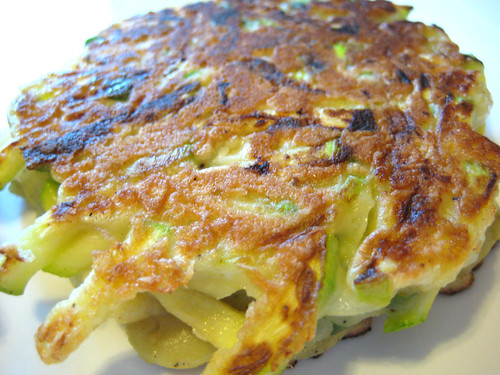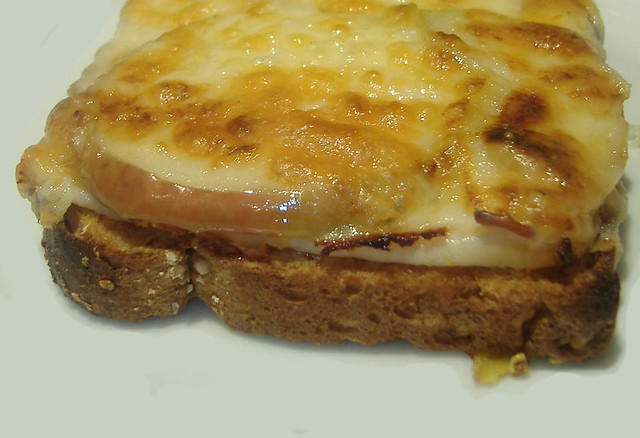 |
| Good food, bad food? WRONG! |
When it comes to nutrition people seem to either over simplify or over complicate. The simplifiers divide food into categories; good food and bad food. Good food tastes bad, but is good for you, therefore you should eat it, but don't. The bad food tastes good, but is bad for you, but you eat it anyway, because it taste good, and feel guilty afterwards. The complicators are all about the numbers. They count carbs, calories, protein, fat and any other thing they can think of. Neither way is doable and neither ways is really nutritious.
What most people don't realize is good nutrition is all about patterns and trends in lifestyle over time. Your body does not count calories, or care if you eat pizza on Friday, or a huge piece of cake at a party. You will not have 10 minutes taken off your life span for eating a piece of candy (as one of my nutrition students once told me), and white sugar will not destroy your blood sugar levels. Its what you do over long periods of time that counts.
 |
Chocolate Chiffon Cake
Get the recipe here |
Your body does care about how many calories you average over time. Are you getting more or less than your body needs to function? If it is more you will gain weight slowly, if it is less you will loose weight slowly. If you are using about the same amount of energy as you eat your weight will stay about the same. Contrary to popular belief, eating a large piece CostCo chocolate cake will
not make you gain 5 pounds overnight.
Your body does need certain nutrients. Vitamins and minerals are very important in order for your body to function properly. Luckily we are blessed to live in the United States where the FDA fortifies common foods. Grains, cold cereal, milk, and salt are all fortified with important nutrients. Therefore, just by eating bread and cereal your body is getting a lot of what it needs. It also needs other important nutrients, like
phytochemicals and fiber found in fruits and vegetables which makes eating 5 servings of fruits and vegetables a day important.
Your body does need exercise. But exercise does not have to be strictly running, hardcore aerobics, weight lifting, or sports. It is anything that gets your body up and moving. Yoga, walking, playing, dancing (my husband claims that is his secret to his perfect army PT score), swinging, hiking, Pilates, zumba, anything that gets you moving. One of my favorite quotes is, "What type of exercise burns the most calories? The one you will actually do." Just do it.
Learning and trying the basics doesn't have to be complicated. Start with just eating a balance of all the food groups on
ChooseMyPlate.Try paying attention to why you are eating and eat only when you are hungry and stop when you are full. Its harder than it sounds, but it is such a great way to help achieve balance. I'm reading this
book on it right now. Such a great way to look at eating! Most importantly don't make nutrition a drudgery. Food is fun! It is beautiful, delicious, wonderful, satisfying, and a part of your life every day so enjoy it!


























